Water cascading over cliffs and rocks creates some of nature’s most spectacular displays. These natural wonders attract millions of visitors annually, offering both breathtaking views and the soothing sounds of rushing water.
From towering giants to hidden gems tucked away in lush forests, waterfalls capture our imagination and inspire awe. Here is a list of 20 countries renowned worldwide for their impressive waterfalls, each offering unique experiences for nature enthusiasts and travelers.
Iceland
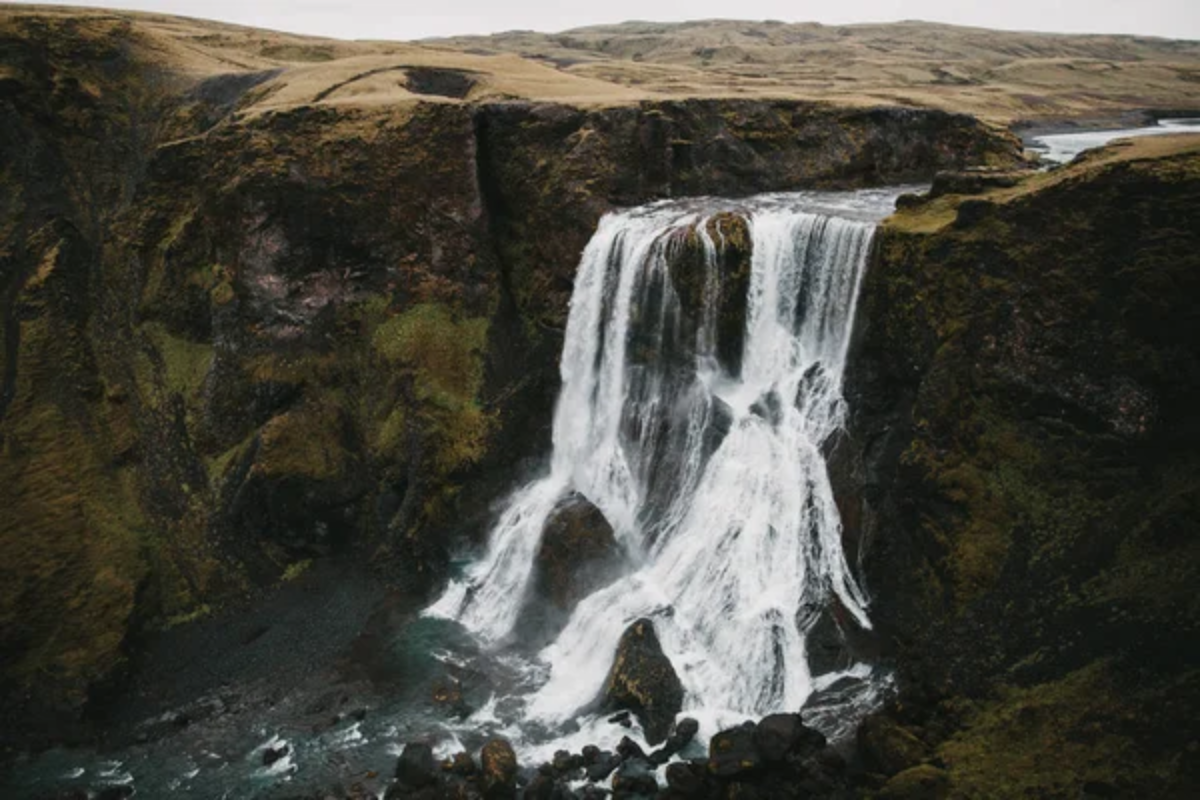
Iceland’s dramatic landscape features over 10,000 waterfalls, earning it the nickname ‘Land of Fire, Ice, and Waterfalls.’ The combination of glacial meltwater and volcanic terrain creates perfect conditions for spectacular falls.
Gullfoss, meaning ‘Golden Falls,’ drops nearly 100 feet in two dramatic tiers and remains partially frozen during winter months, creating an otherworldly appearance.
Norway
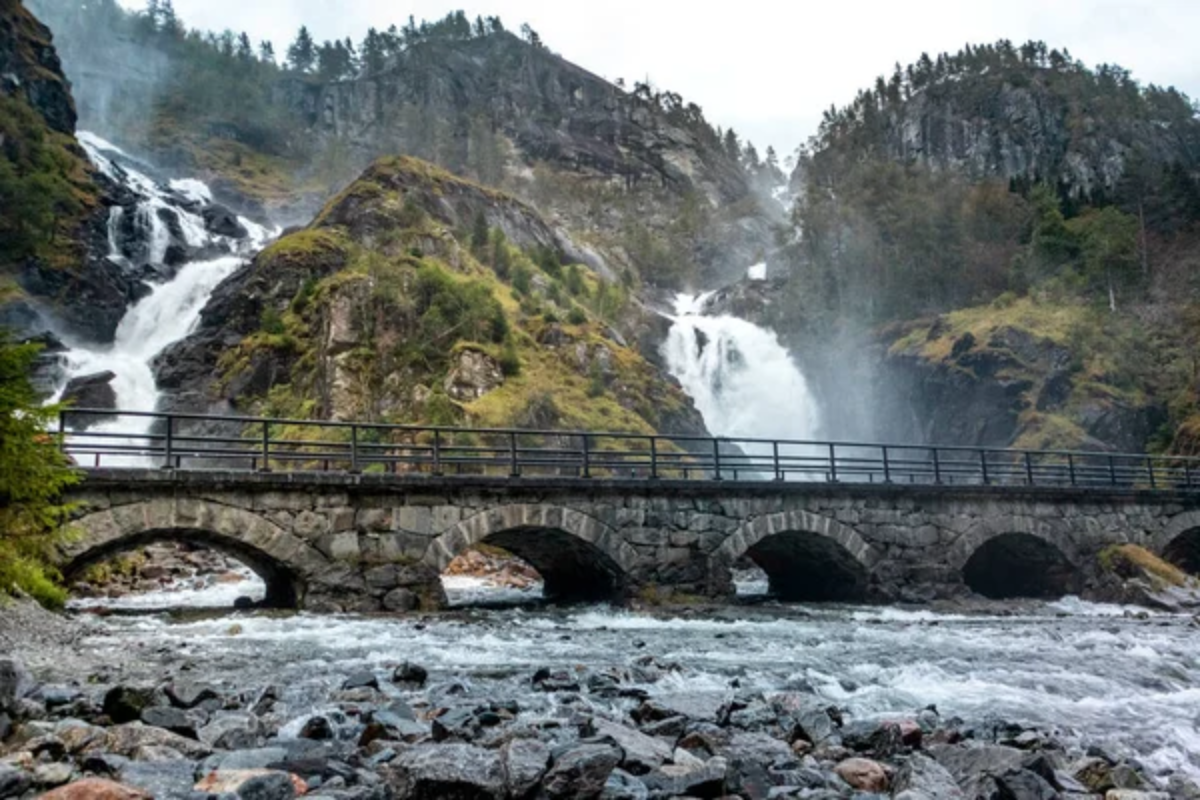
Norway’s fjord-carved landscape hosts some of Europe’s tallest waterfalls, with many plunging directly into the sea. The Seven Sisters waterfall consists of seven separate streams flowing side by side down a 1,350-foot cliff into Geirangerfjord.
Locals share a charming tale about these falls “dancing” with a waterfall across the fjord called “The Suitor.”
Like Travel Pug’s content? Follow us on MSN.
Brazil

Brazil shares custody of the magnificent Iguazu Falls with Argentina. The falls feature over 275 individual cascades stretching nearly two miles. During the rainy season, the volume of water passing over Iguazu exceeds Niagara by nearly three times.
The falls are surrounded by subtropical rainforest, which hosts over 2,000 plant species and abundant wildlife, making it an ecological treasure as well as a scenic wonder.
Venezuela
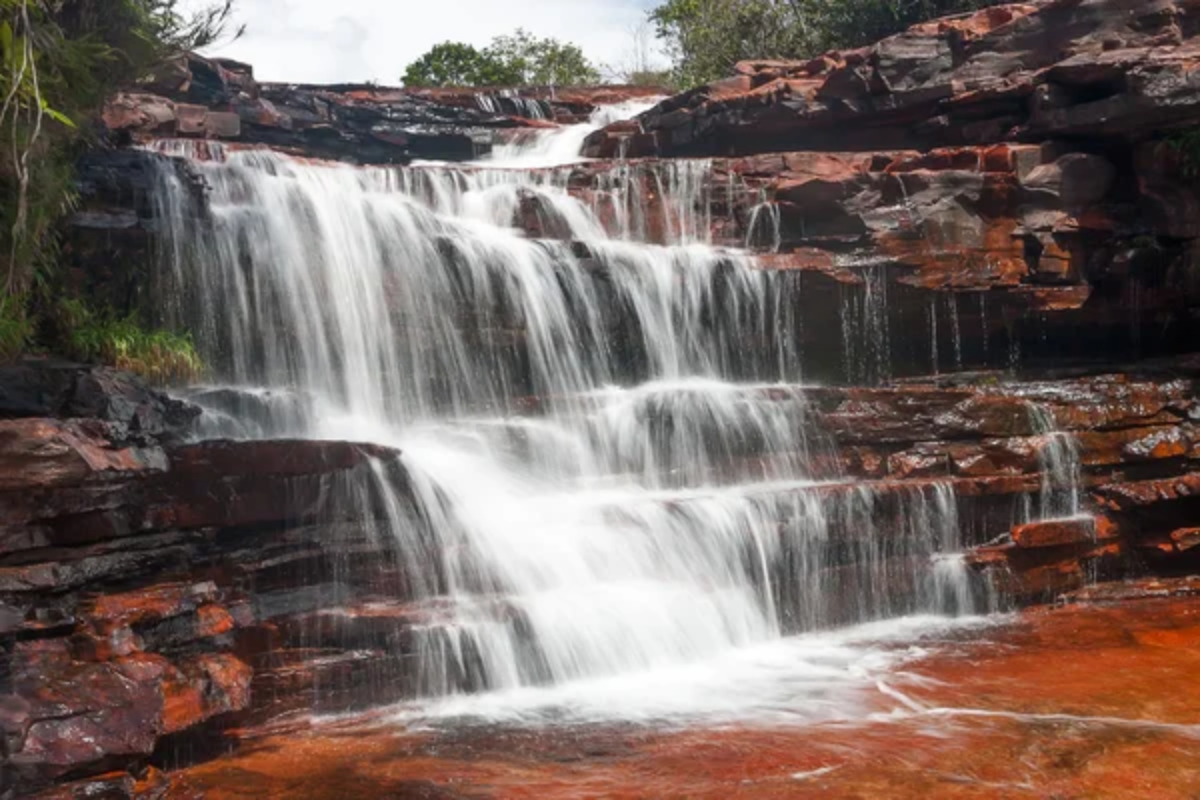
Venezuela’s Angel Falls drops an astonishing 3,212 feet, making it the world’s tallest uninterrupted waterfall – nearly 20 times higher than Niagara Falls. Located in remote Canaima National Park, it was named after American aviator Jimmy Angel, who discovered it while searching for gold in 1933.
During drier months, the water often evaporates before reaching the ground, creating a mystical mist.
United States
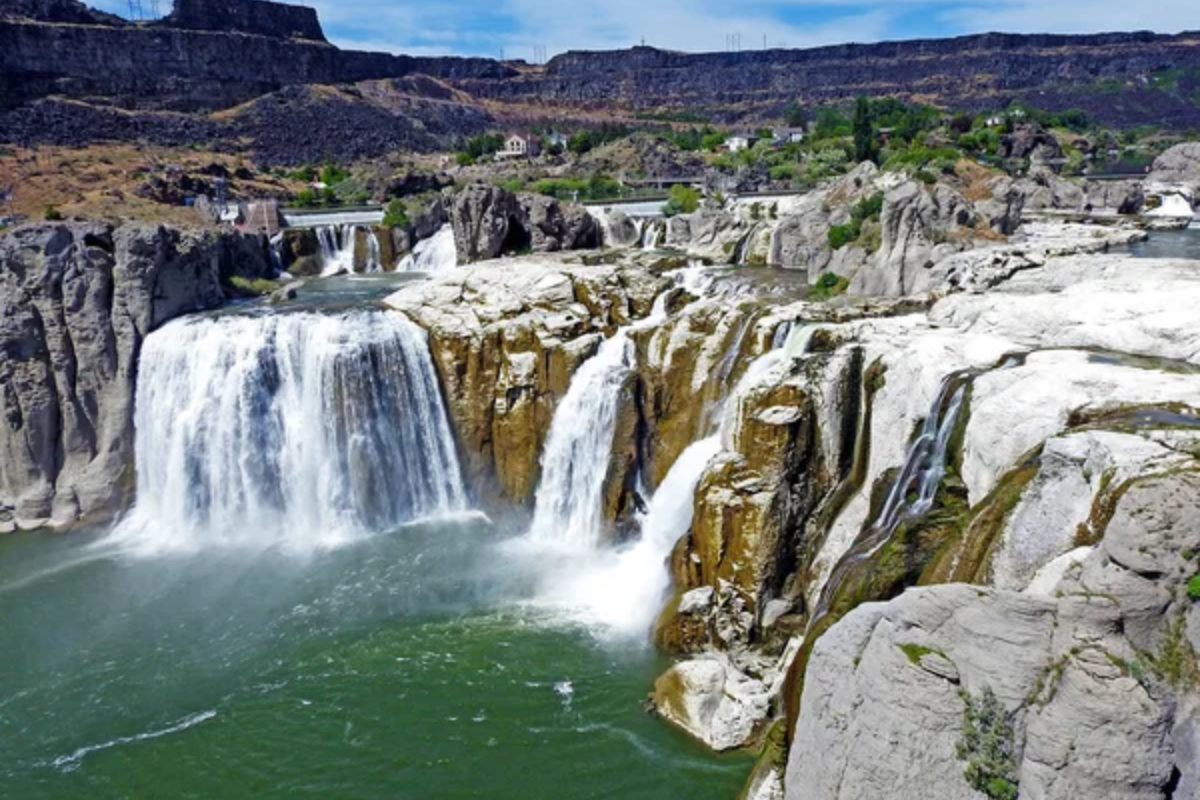
The United States boasts diverse waterfalls across its varied landscapes, from Yosemite’s 2,425-foot Yosemite Falls to Niagara’s thundering power. Havasu Falls in Arizona features striking turquoise waters contrasting dramatically with red canyon walls.
The country has preserved many of its most spectacular falls within national parks, ensuring these natural treasures remain accessible to future generations.
Like Travel Pug’s content? Follow us on MSN.
Canada
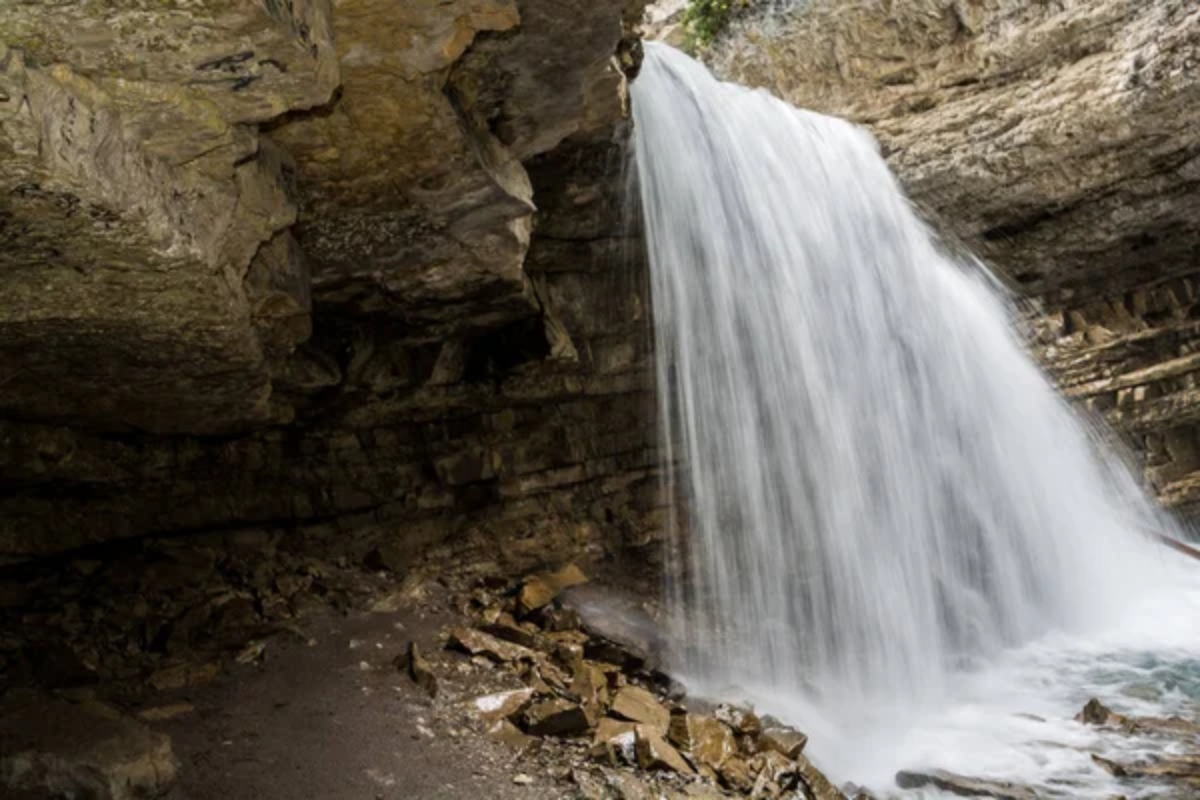
Canada shares Niagara Falls with the United States but also claims numerous other spectacular cascades throughout its vast wilderness. Montmorency Falls near Quebec City stands 272 feet tall—higher than Niagara—and partially freezes in winter to create “pain de sucre” (sugar loaf) formations.
The country’s abundance of freshwater resources and varied terrain have created perfect conditions for waterfall formation across its provinces.
New Zealand
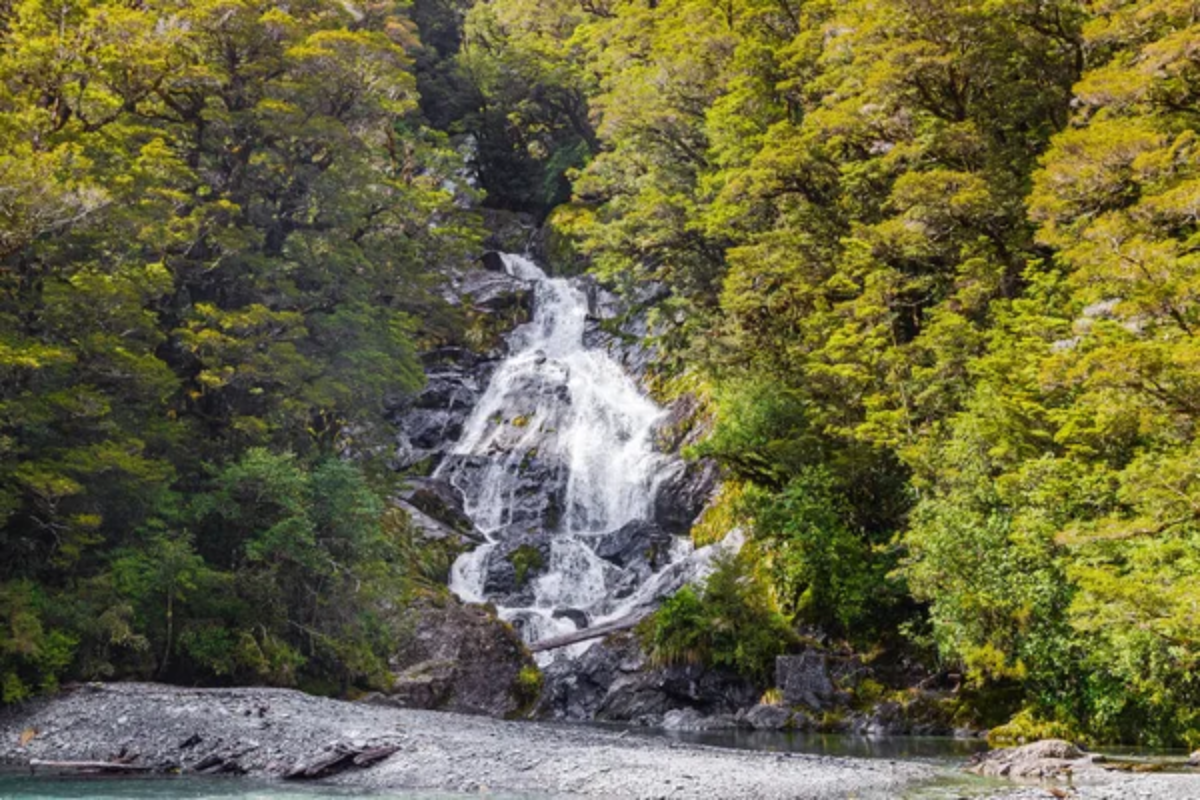
New Zealand’s dramatic landscapes feature hundreds of waterfalls, with Sutherland Falls dropping 1,904 feet in three cascades. The country’s high rainfall, combined with mountainous terrain, creates ideal conditions for waterfall formation.
Many of New Zealand’s most impressive falls appear in ‘The Lord of the Rings’ films, adding to their mystique and drawing fans from around the world.
Switzerland

Switzerland’s Alpine landscape creates perfect conditions for spectacular waterfalls, with meltwater from glaciers feeding numerous cascades. The Staubbach Falls inspired Lord Byron to write the poem Manfred, calling it “the tail of a white horse streaming in the wind.”
These 1,000-foot falls are so light and airy that they sometimes appear to dance in the breeze rather than fall straight down.
Like Travel Pug’s content? Follow us on MSN.
Japan

Japan’s reverence for nature extends to its numerous waterfalls, which are prominently featured in traditional art and literature. Nachi Falls, the country’s tallest single-drop waterfall at 436 feet, is considered sacred in Shinto religion and has its own shrine.
The Japanese have a tradition of “forest bathing” near waterfalls, believing the negative ions produced by falling water promote health and well-being.
Croatia
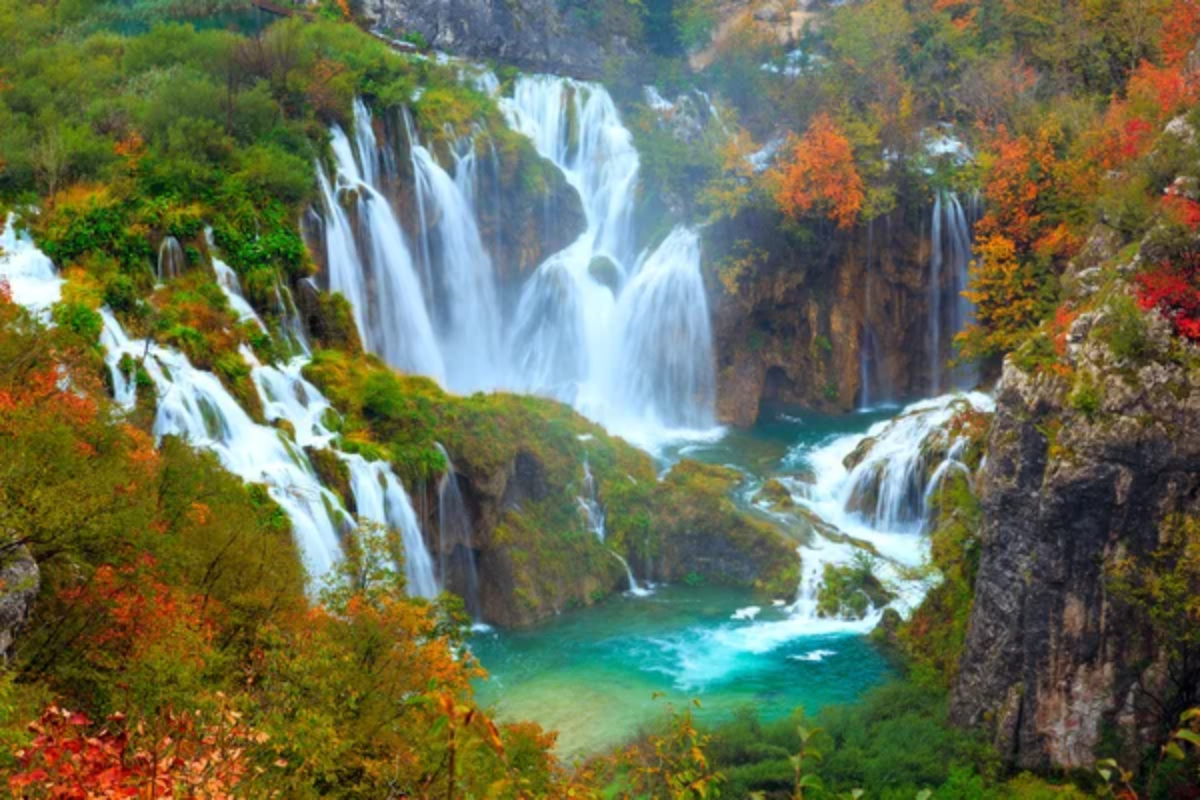
Croatia’s Plitvice Lakes National Park features a series of 16 terraced lakes connected by waterfalls that change color throughout the day due to mineral content and light conditions. Wooden walkways wind through and over the water, allowing visitors to experience the falls from every angle.
The calcium carbonate in the water continues to create new natural barriers, slowly changing the appearance of the falls over time.
Australia

Australia’s diverse landscape includes tropical cascades in the north and powerful falls in the more temperate south. Jim Jim Falls in Kakadu National Park plunges 650 feet, but transforms dramatically between seasons, roaring during the wet season and reduced to a trickle during the dry months.
Aboriginal Australians have incorporated many of these waterfalls into their Dreamtime stories, considering them sacred places.
Like Travel Pug’s content? Follow us on MSN.
China
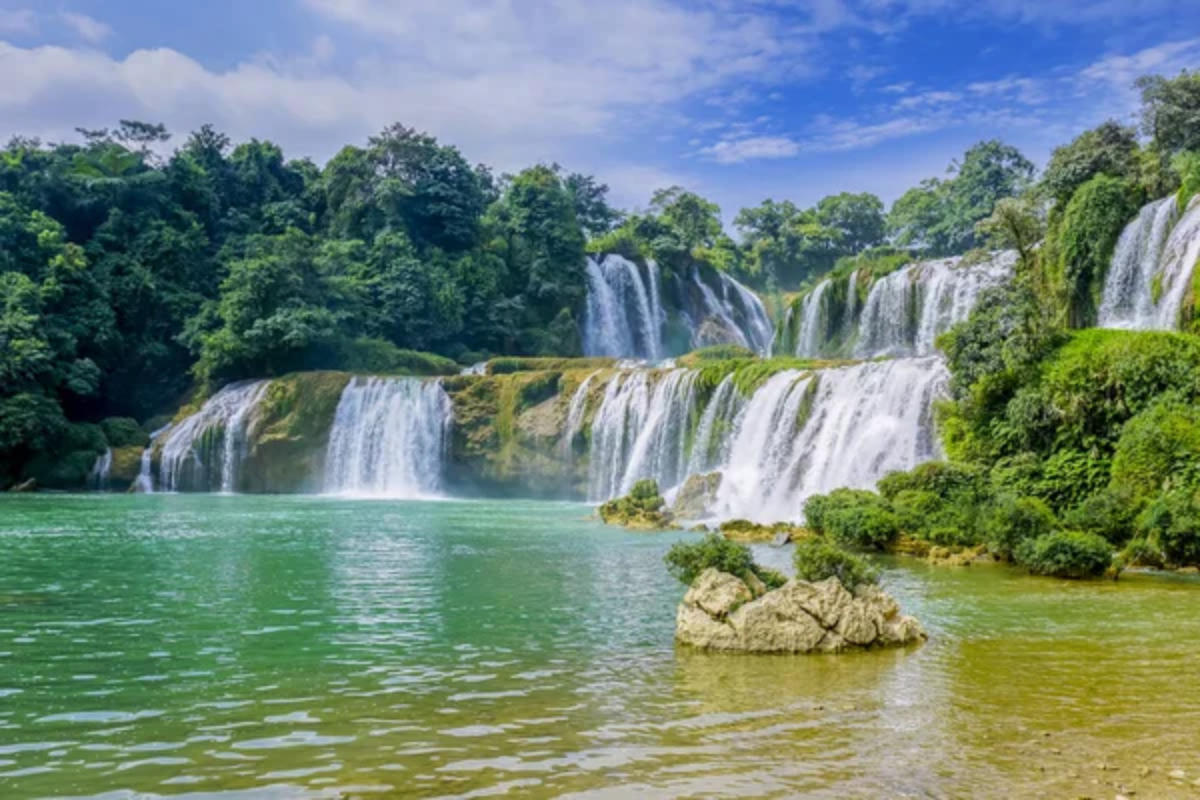
China’s extensive territory encompasses numerous world-class waterfalls, including the massive Huangguoshu Falls, which spans 270 feet in width. What makes many Chinese waterfalls unique is their integration into traditional garden design and cultural heritage sites.
The 74-meter-high Pearl Shoal Waterfall in Jiuzhaigou Valley appears to cascade over steps of travertine, creating a pearl-like effect as water bounces down the formation.
Argentina
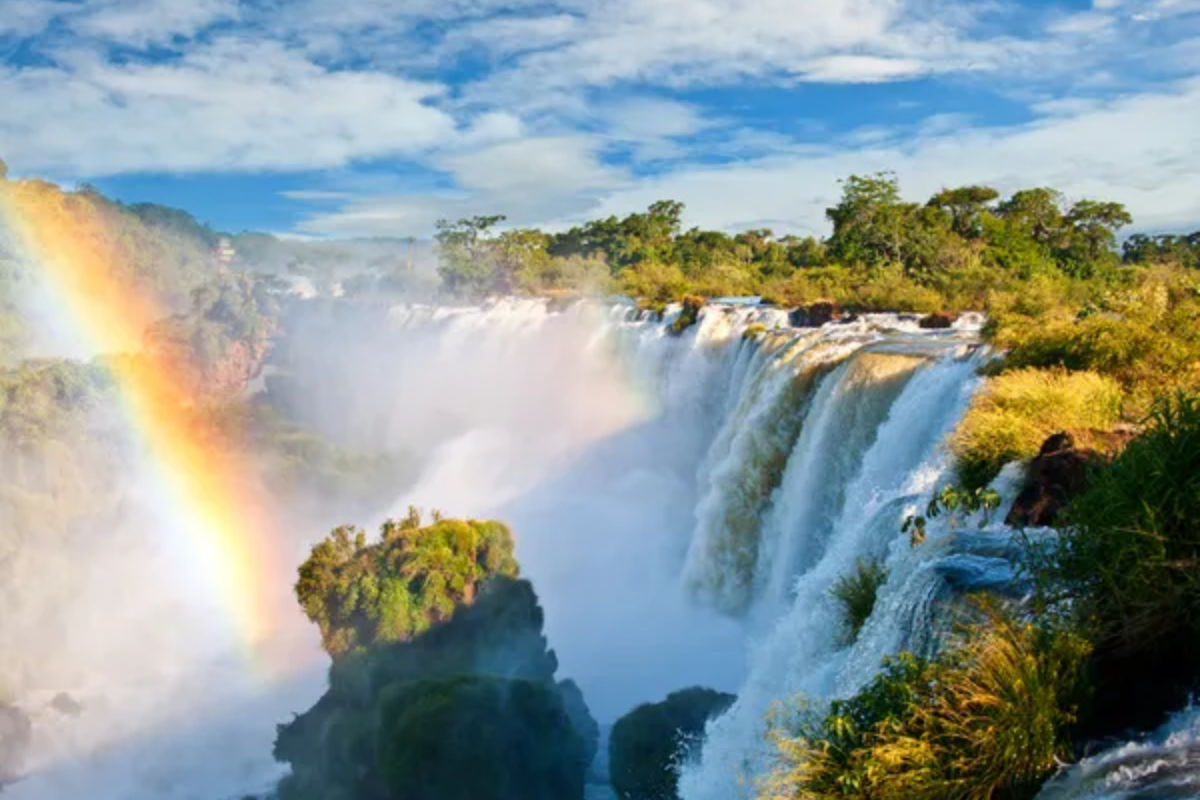
Argentina shares the magnificent Iguazu Falls with Brazil and houses many of the system’s most impressive views. The Devil’s Throat section features 14 falls dropping 350 feet, creating a permanent mist cloud visible from miles away.
The surrounding national park is home to over 400 bird species, including colorful toucans and parrots that add to the magical atmosphere of the falls.
Zambia
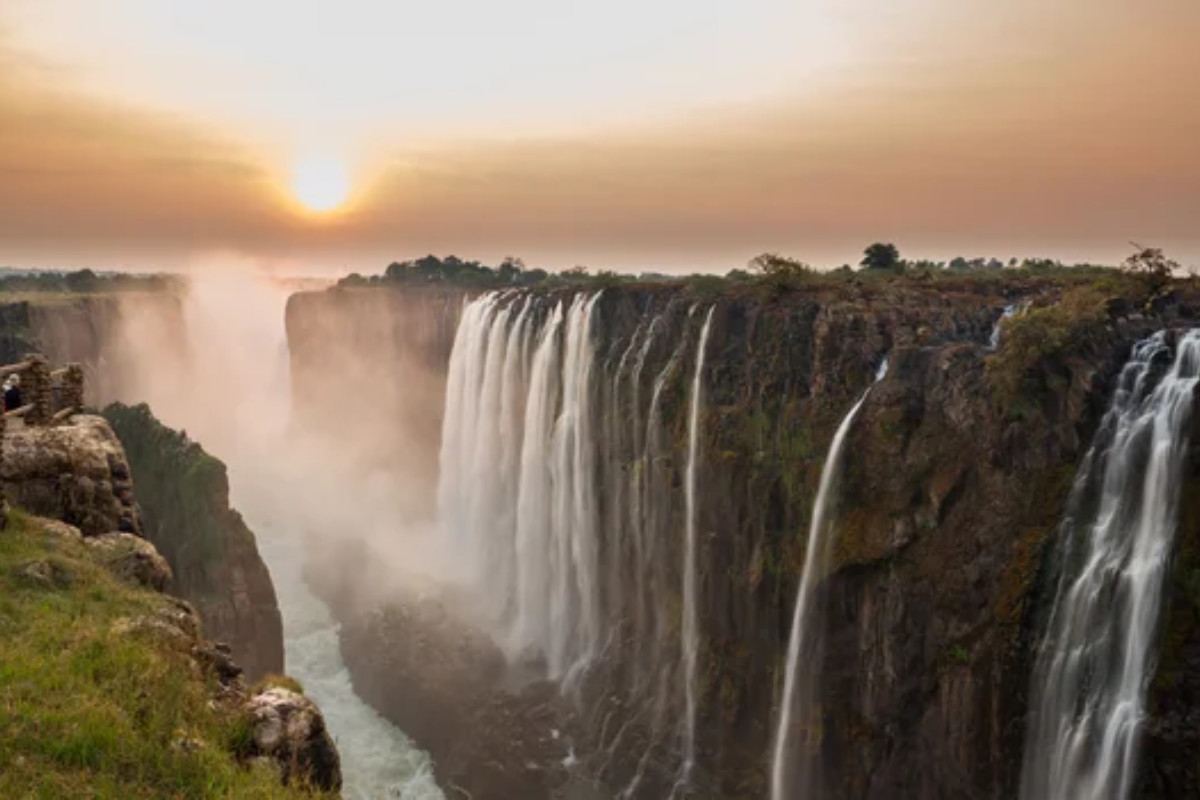
Zambia shares Victoria Falls with Zimbabwe, locally known as “Mosi-oa-Tunya,” or “The Smoke That Thunders.” During peak flow, over 500 million liters of water pour over the edge every minute, creating a spray visible from 30 miles away.
Visitors can swim in naturally formed pools right at the edge of the falls—appropriately named the “Devil’s Pool”—for an adrenaline-pumping experience.
Like Travel Pug’s content? Follow us on MSN.
Zimbabwe
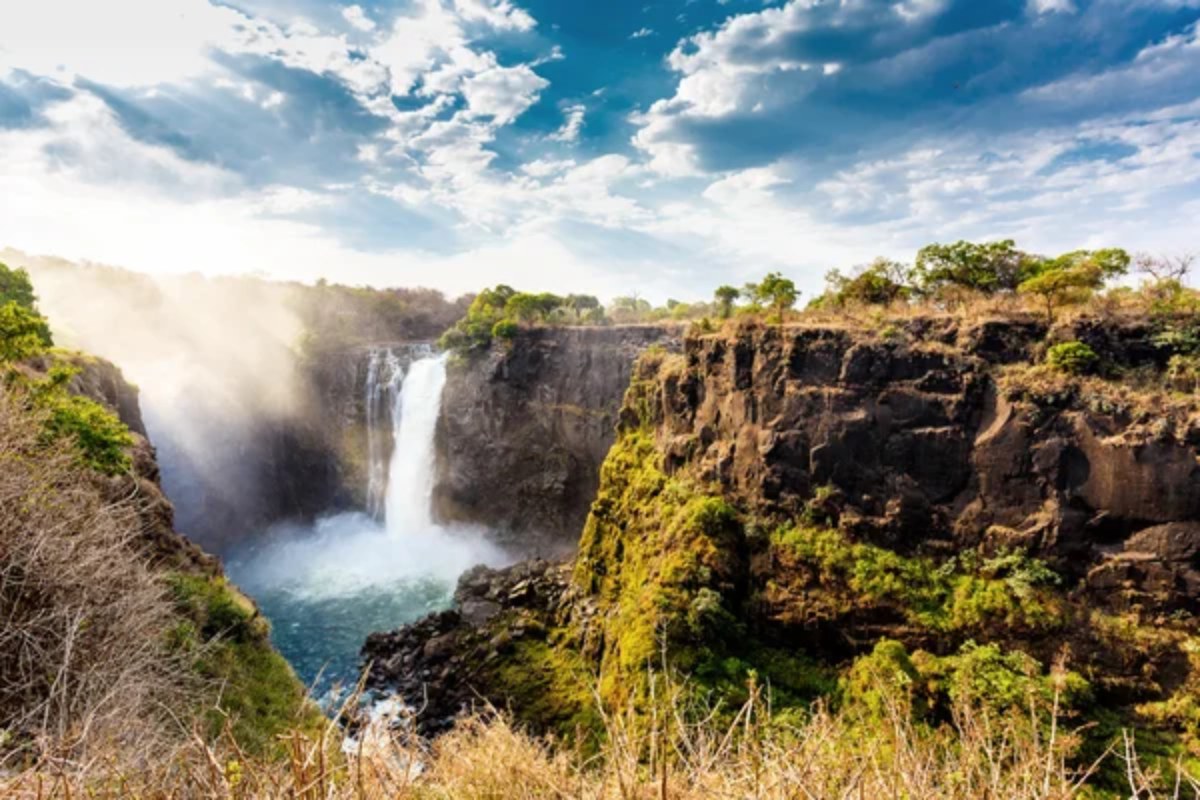
Zimbabwe offers some of the most spectacular views of Victoria Falls along a rainforest path that runs parallel to the massive 5,604-foot-wide curtain of water. The country has developed an excellent viewing infrastructure while maintaining the falls’ natural settings.
Local guides share stories about the falls’ spiritual significance to indigenous peoples, adding cultural depth to the natural wonder.
Costa Rica
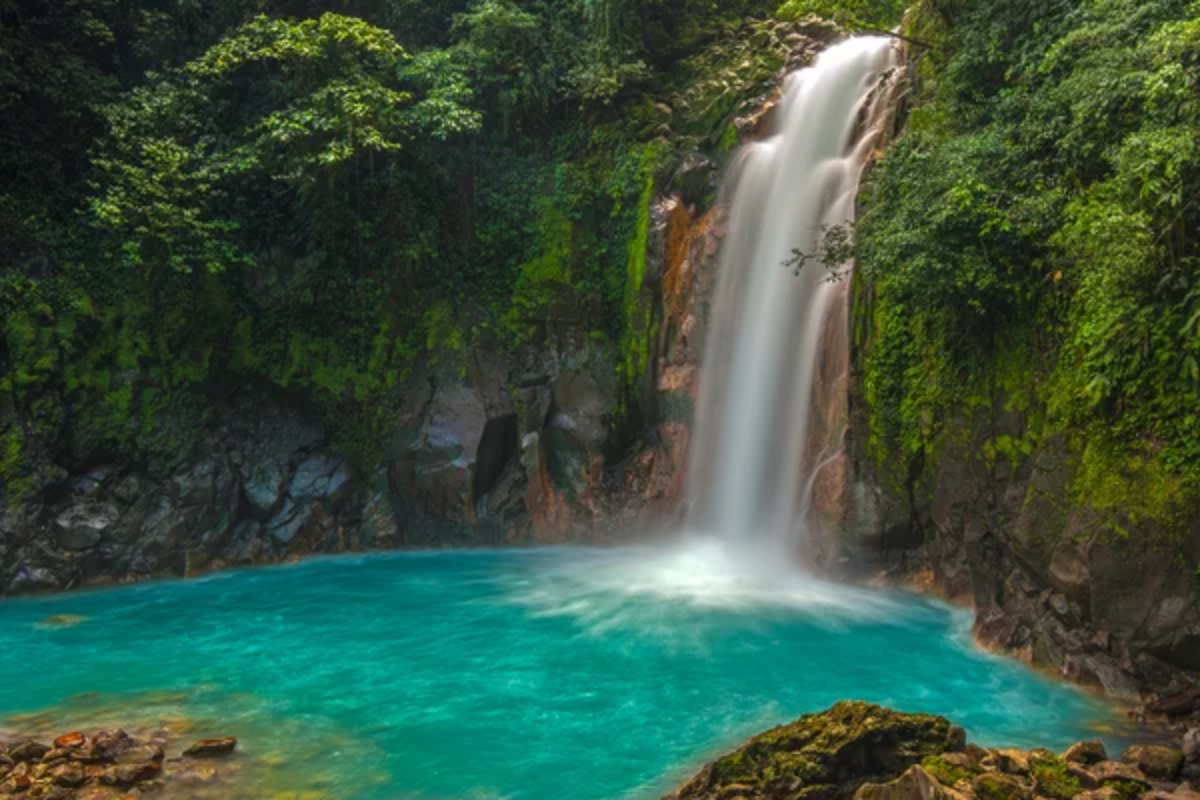
Costa Rica’s commitment to environmental conservation has preserved numerous waterfalls within its extensive national park system. La Fortuna waterfall cascades 200 feet next to the active Arenal Volcano, allowing visitors to swim in the pool below.
The country’s high rainfall and mountainous interior create perfect conditions for waterfall formation, with many falls flowing year-round despite seasonal variations.
Colombia
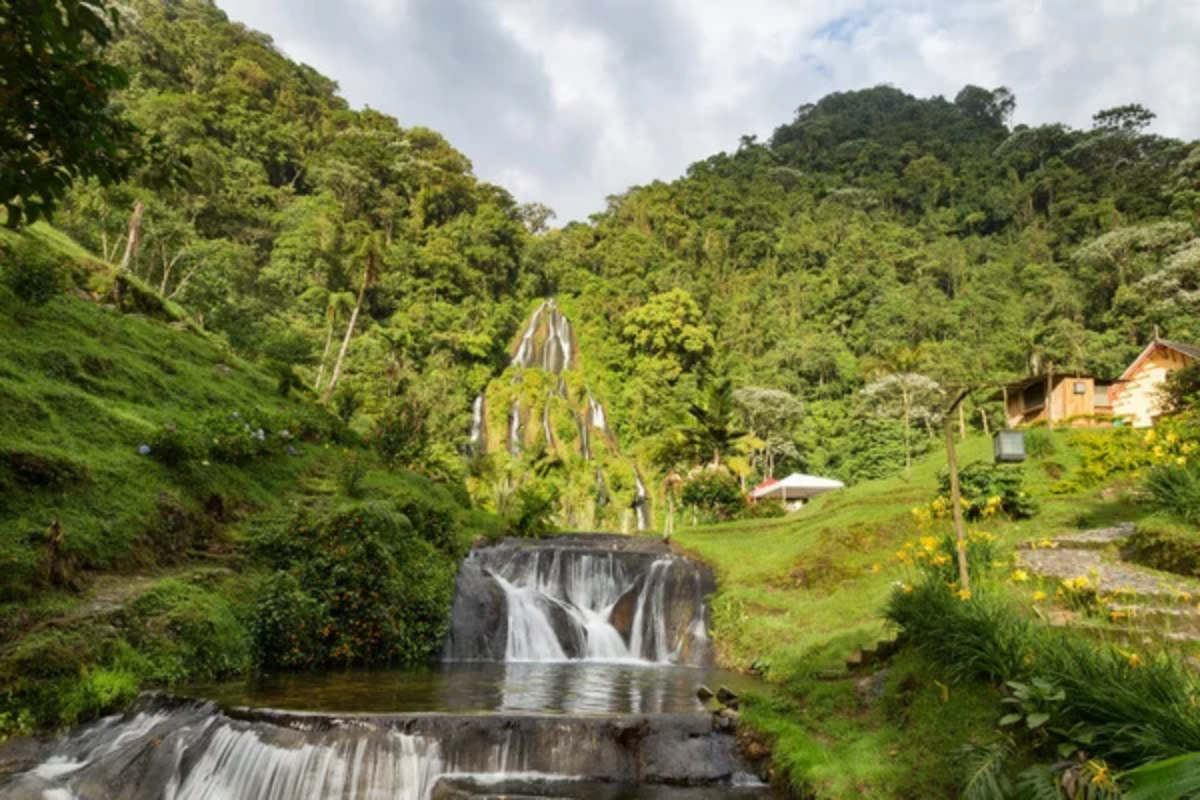
Colombia’s varied topography and heavy rainfall create ideal conditions for spectacular waterfalls throughout the country. The 1,280-foot Salto del Tequendama once served as a sacred site for the indigenous Muisca people, who believed it was where their civilization began.
The country’s improving security situation has made previously inaccessible waterfalls available to tourists in recent years.
Like Travel Pug’s content? Follow us on MSN.
Indonesia
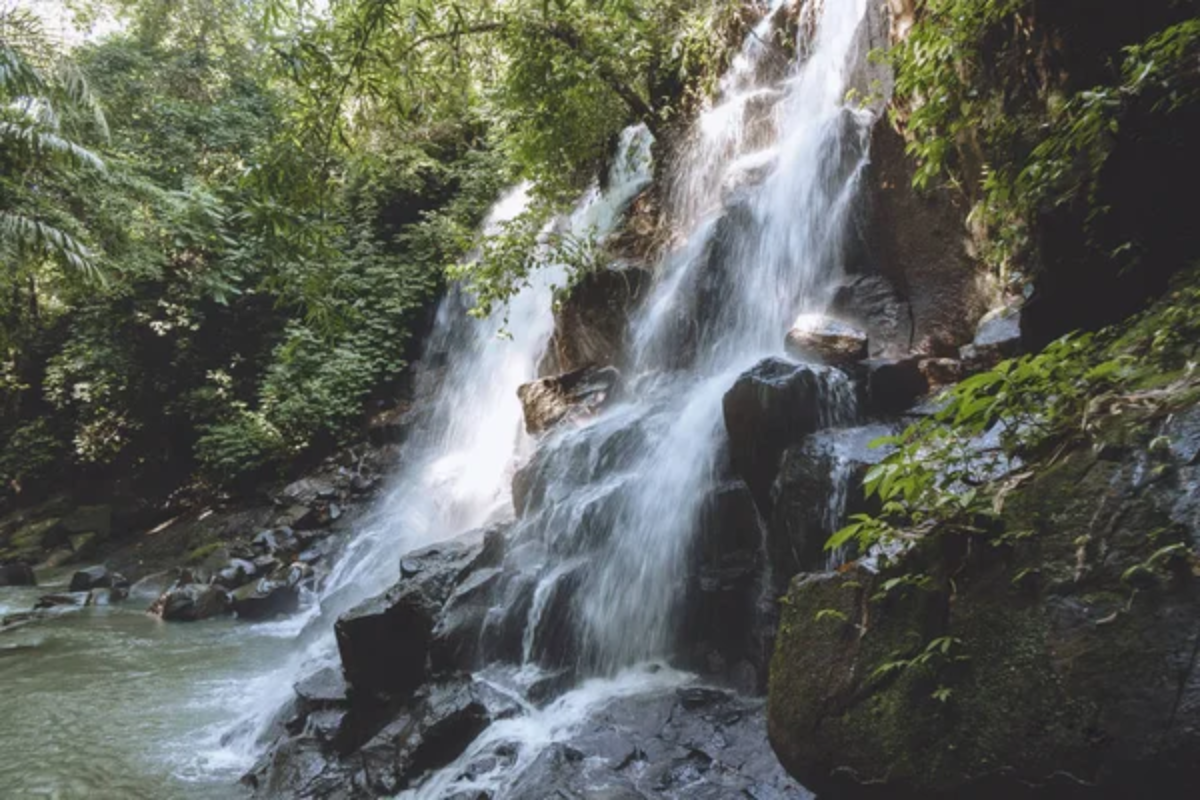
Indonesia’s 17,000 islands feature numerous waterfalls, with many on Bali becoming social media sensations for their tropical beauty. Tumpak Sewu on Java resembles a miniature Niagara Falls in a circular pattern, earning it the nickname “a thousand waterfalls.”
The high humidity and dense vegetation surrounding many Indonesian falls create a misty, primeval atmosphere that makes visitors feel they’ve stepped back in time.
India
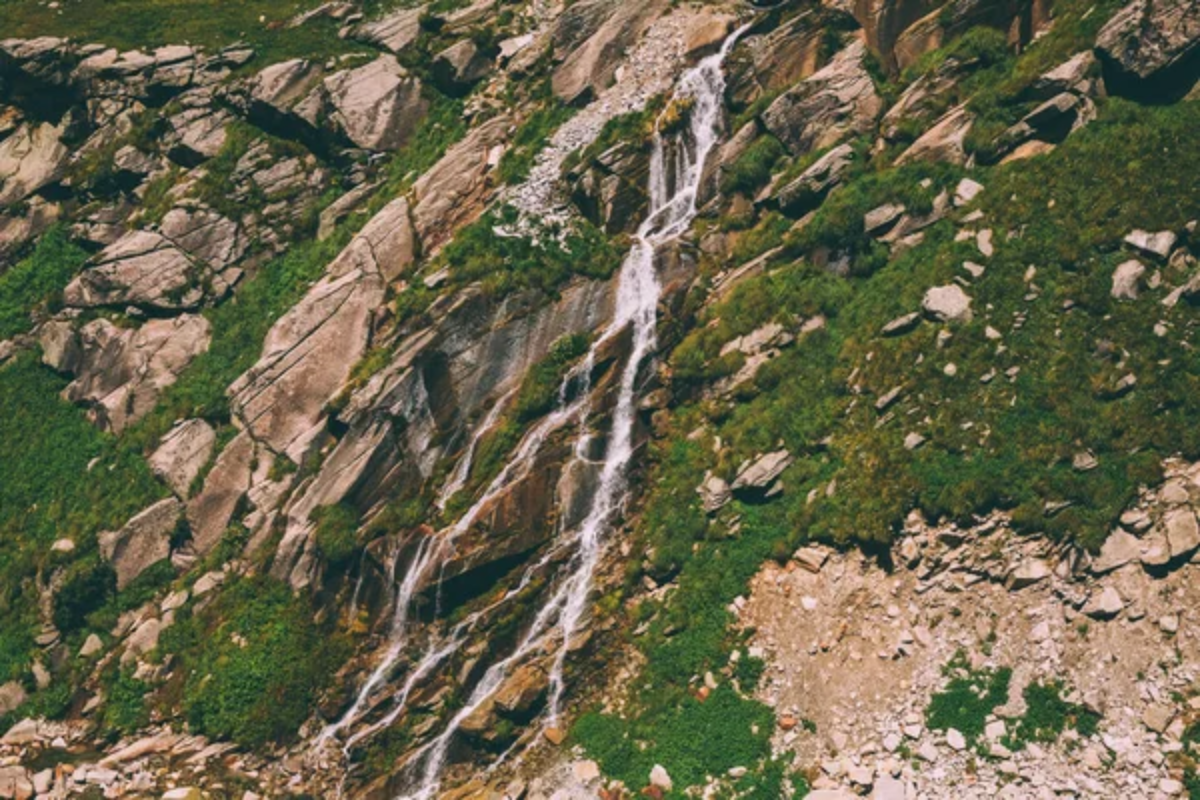
India’s diverse geography includes numerous impressive waterfalls, particularly during monsoon season when they transform from gentle streams to thundering torrents. Jog Falls plummets 829 feet without touching the rock face, making it one of the highest uninterrupted waterfalls in the country.
Many Indian waterfalls are featured in ancient texts and religious mythology and are considered places where deities reside or manifest.
Mexico
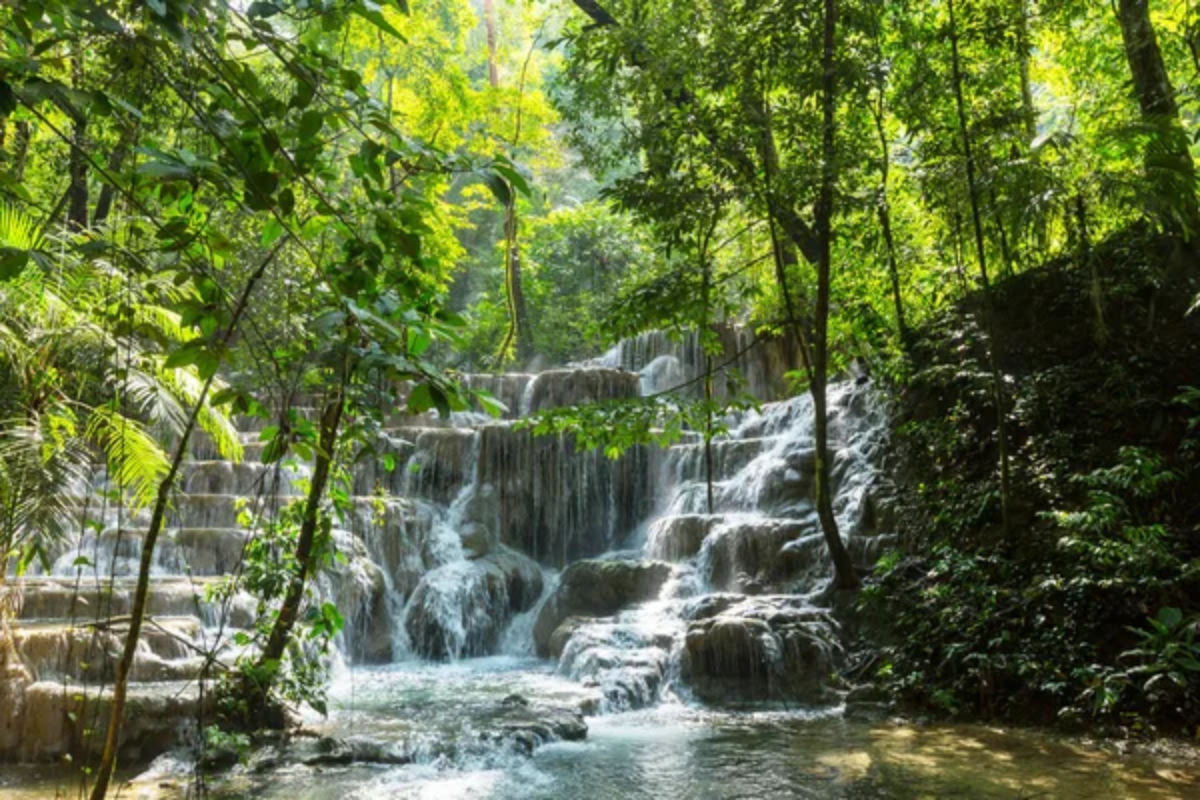
Mexico’s varied terrain creates diverse waterfall experiences, from jungle-shrouded cascades to desert oases. Hierve el Agua appears to be a waterfall frozen in time—actually, it is a mineral formation created by calcium carbonate deposits over thousands of years.
The ancient Mayans and Aztecs considered waterfalls sacred places where the earthly and spiritual worlds connected, a belief that continues in some Indigenous communities today.
Like Travel Pug’s content? Follow us on MSN.
Nature’s Endless Symphony
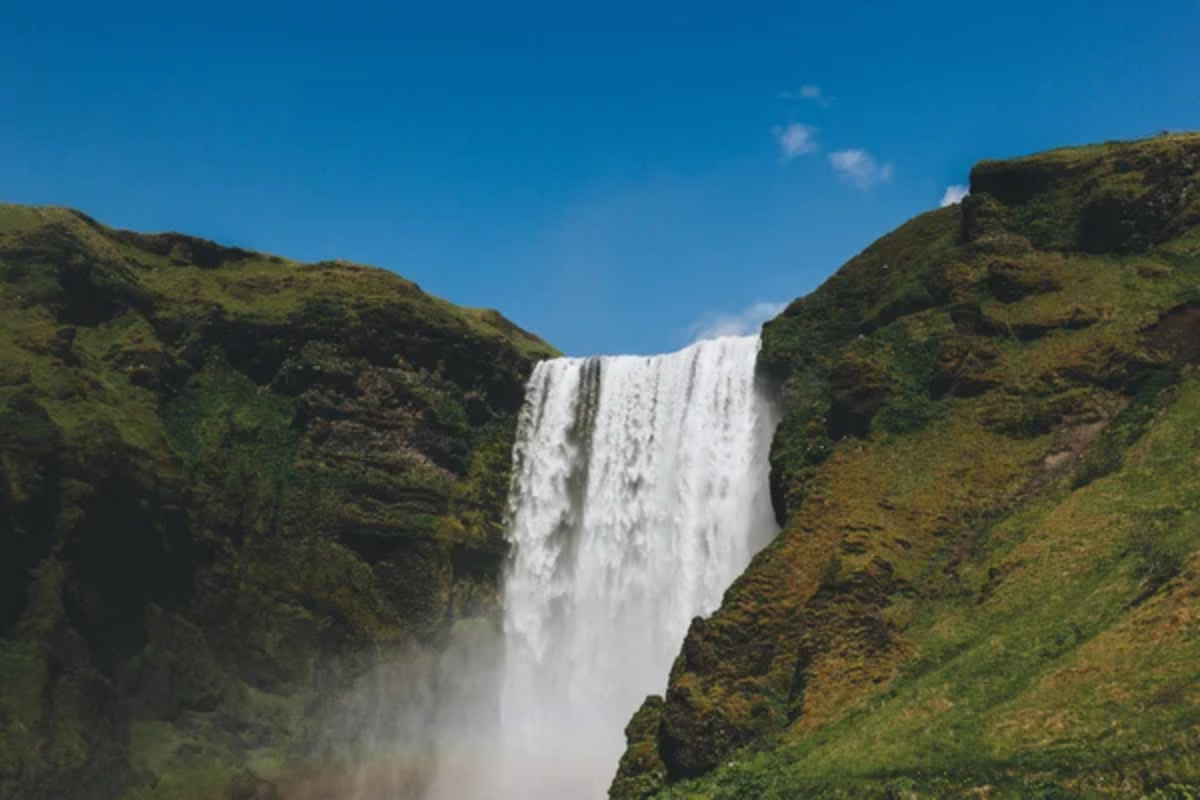
These magnificent waterfalls represent more than just scenic wonders – they embody the power and persistence of nature, carving landscapes and creating ecosystems over millennia. The countries that house these natural treasures increasingly recognize their value beyond tourism, implementing conservation measures to protect the falls and their surrounding environments.
As climate change threatens water resources globally, these natural monuments serve as reminders of what’s at stake and why preservation matters for future generations.
More from Travel Pug

- Cities Growing so Fast You Won’t Recognize Them in 10 Years
- 13 Destinations Where Tourists Regularly Regret Their Trip
- 16 U.S. Cities That Are Quietly Becoming Travel Hotspots
- Where to Travel If You Love Long Bus Rides and Daydreams
- 20 Cities Perfect for Solo Travelers Who Crave Adventure & Culture
Like Travel Pug’s content? Follow us on MSN.
